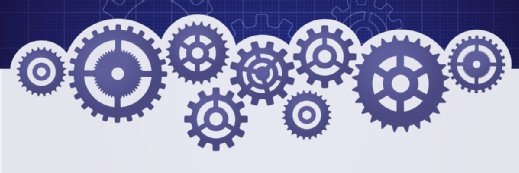
Fotolia
How does SAP S/4HANA digital core enable digital transformation?
The S/4HANA digital core is an initiative of SAP to help companies turn big data emanating from various sources, such as sensors, into actionable insights. Here's a look.
Based on the HANA in-memory database, S/4HANA is SAP's digital core. Using the S/4HANA digital core and associated cloud-based, HANA-powered software, companies can embark on the path to digital transformation.
One important benefit of an ERP system with a digital core is its ability to process a massive tome of data emanating from a variety of online and offline data sources and provide embedded analytics. The S/4HANA digital core gives companies a digitization-friendly IT environment to enable new ways of doing business -- that is its primary role. Its applications are interconnected in a way that traditional databases did not allow, enabling flexibility and real-time or closer-to-real-time insights.
CIOs who embark on a digital transformation journey understand that doing so will enable them to seamlessly integrate business processes across the company that eliminate residual manual interventions, thereby enriching the processes with embedded insights that can predict outcomes and propose actions. It also entails extending the company's current business processes to connect with networks of suppliers, customers, devices and machines. SAP S/4HANA digital core offers these business transformation characteristics to help enterprises digitally transform their businesses for the future by consolidating transactions, analytics, planning and machine learning into a single in-memory platform.
SAP S/4HANA is the successor to SAP ERP Central Component (ECC) and consists of all of the same components, or modules, as ECC. S/4HANA also includes several newer components and innovations that ECC does not include or which are available only as stand-alone software and require integration with ECC.
While S/4HANA is the foundation of digital core, integrating the following SaaS products with its components complement a company's business processes by offering features that S/4HANA does not have. Here's a look at what some of those are.
SAP C/4HANA
SAP Hybris has recently been renamed C/4HANA and is end-to-end CRM software. Implementing C/4HANA helps ensure smoother sales and customer services processes. C/4HANA has five components, each targeted to managing different aspects of customer engagement.
SAP Ariba
Ariba is a procurement network that connects the goods or services suppliers with the buyers. Implementing SAP Ariba helps to ensure procurement-related activities, such as supplier selection, purchase order issuance and invoicing. Ariba provides holistic, end-to-end procurement for globalized supply chain management (SCM).
SAP Integrated Business Planning (IBP)
IBP offers in-depth functionality to manage complex procurement and production planning processes. IBP has five components, each targeted to different aspects of SCM.
SAP SuccessFactors
SuccessFactors is a complete hire-to-retire HR management software, providing recruitment, learning and development, performance management and compensation management.
SAP Concur
Concur is a travel and expense management software that companies can use to effectively manage employees' travel planning, expenses incurred during traveling and reimbursement of travel-related expenses.
SAP Fieldglass
Fieldglass is an external workforce and services management software that connects a company's need for temporary, specialized workers with freelancers, industry experts or companies providing specialized or general manpower and offers workforce management insights.
For even greater digital innovations, companies can also look to Leonardo, SAP's umbrella brand for IoT, machine learning, big data and other next-generation technologies. S/4HANA is available in both on-premises and cloud versions.






